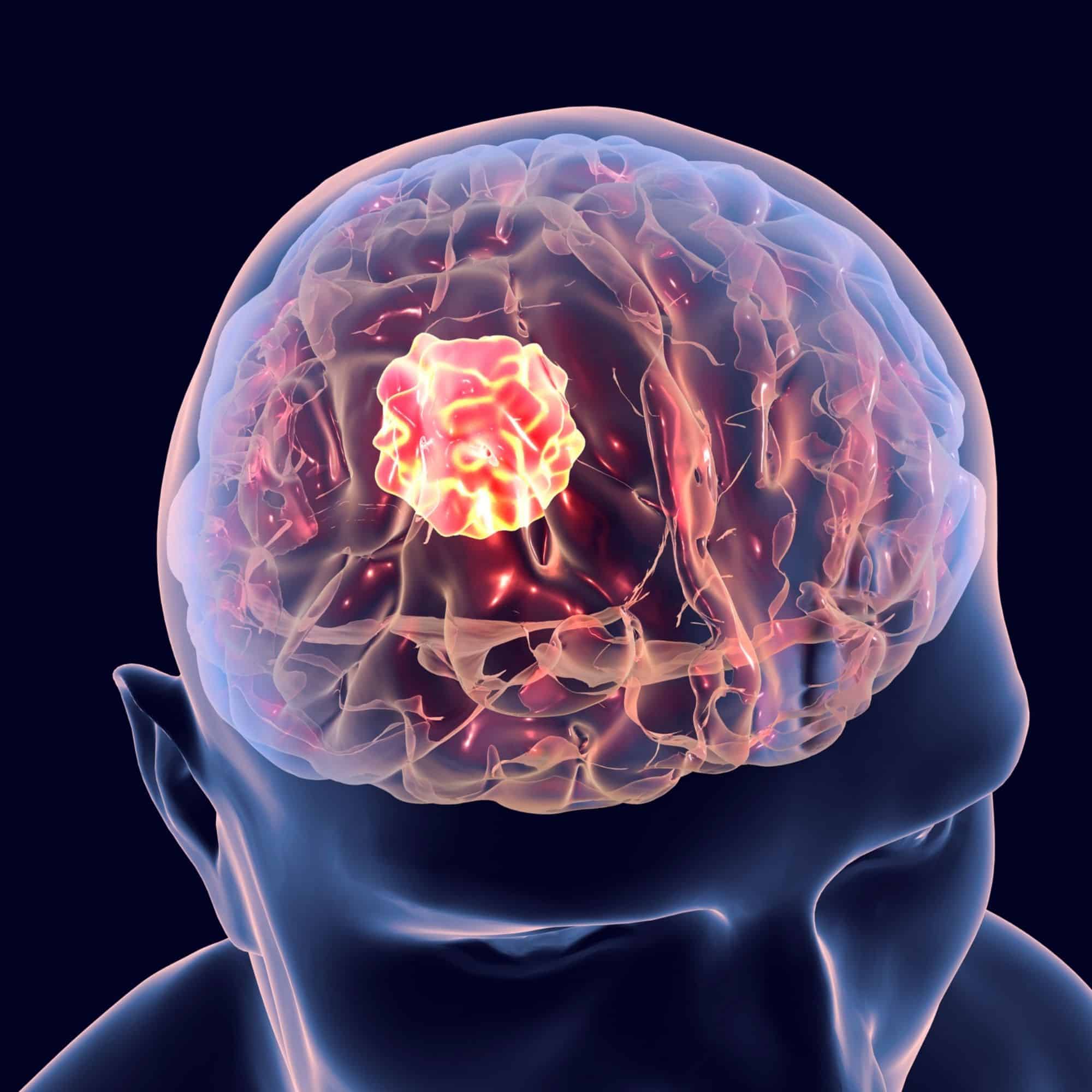
A brain tumor is a growth of cells in the brain or near it. Brain tumors can happen in the brain tissue. Brain tumors also can happen near the brain tissue. Nearby locations include nerves, the pituitary gland, the pineal gland, and the membranes that cover the surface of the brain.
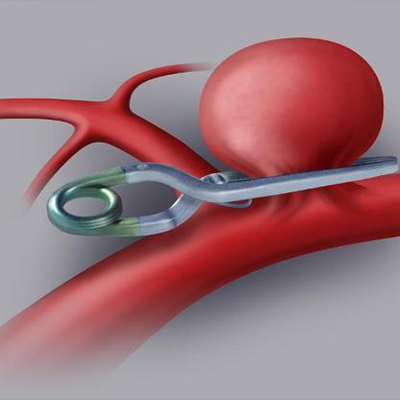
Aneurysm is an out pouching of intracranial vessels and its rupture can lead to brain haemorrhage called as Subarachnoid Haemorrhage and condition need immediate care.
AVM are abnormal arterial and venous connection also called as arteriovenous malformation and can lead to intracranial bleed and life threatening conditions.
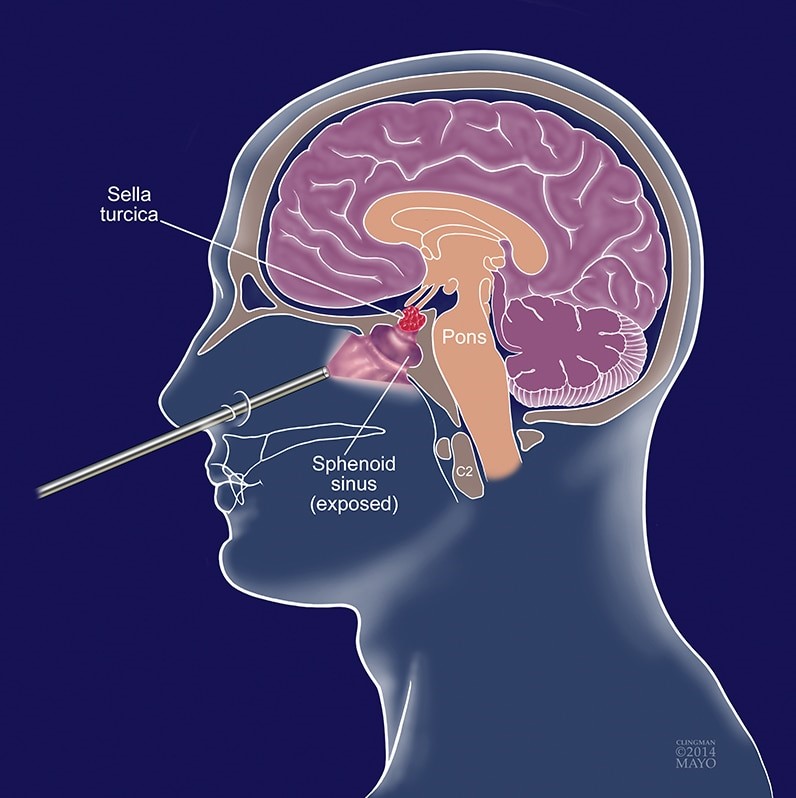
Endoscopic brain surgeries are highly skilful surgeries for brain tumors (particularly deeply seated), hydrocephalus, CSF rhinorrhoea etc. These are minimally invasive techniques to access the brain without damaging brain by small incisions.
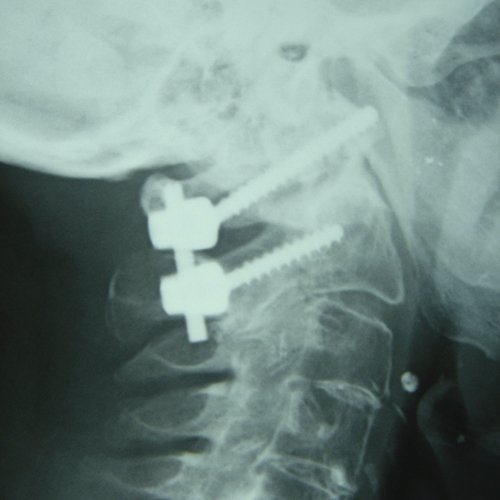
Cranio-cervical junction abnormalities are congenital or acquired abnormalities of the occipital bone, foramen magnum, or first two cervical vertebrae. These abnormalities can be associated with syringomyelia; cerebellar signs, lower cranial nerve, and spinal cord deficits; and vertebrobasilar ischemia.
Diagnosis is by magnetic resonance imaging (MRI) or computed tomography (CT). Treatment often involves reduction, followed by stabilization via surgery or an external device.
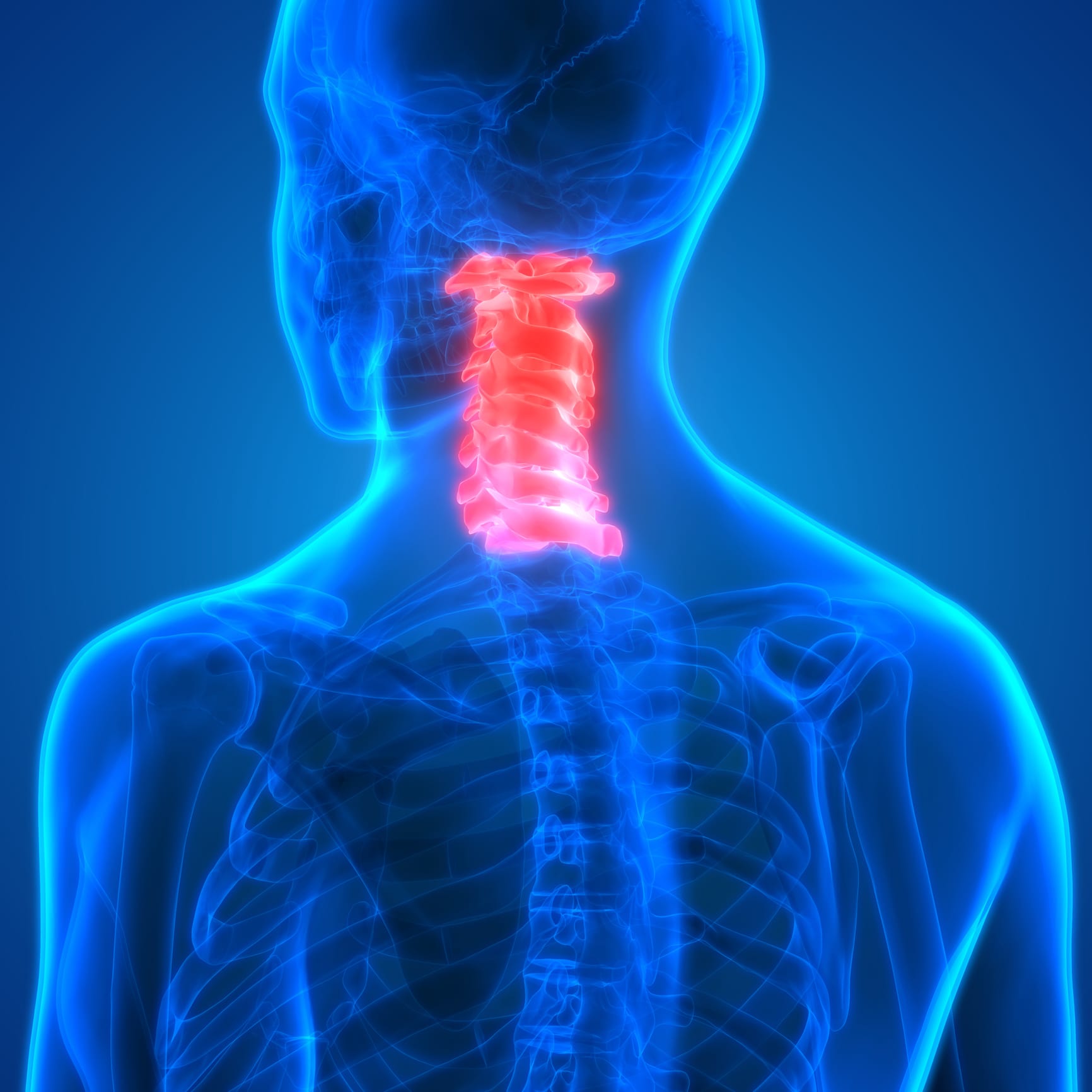
Cervical spondylosis is a general term for age-related wear and tear affecting the spinal disks in your neck. As the disks dehydrate and shrink, signs of osteoarthritis develop, including bony projections along the edges of bones (bone spurs). Cervical spondylosis is very common and worsens with age. More than 85% of people older than age 60 are affected by cervical spondylosis. For most people, cervical spondylosis causes no symptoms. When symptoms do occur, nonsurgical treatments often are effective.
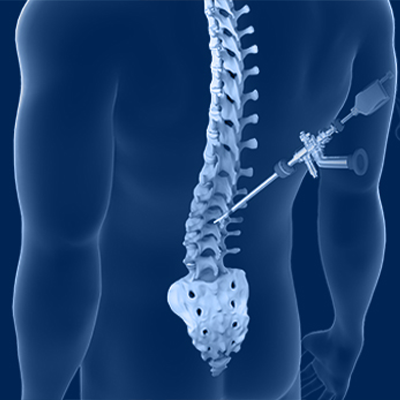
Minimally invasive spine surgery (MISS) is a type of surgery on the bones of your spine (backbone). This type of surgery uses smaller incisions than standard surgery. This often causes less harm to nearby muscles and other tissues. It can lead to less pain and faster recovery after surgery.
Recently developed Endoscopic spine techniques are even more ultra minimally invasive give better results and faster recovery because of very small incision and muscle damage. Patients even don’t need anaesthesia for these approaches and can be discharged in one day from the hospital.
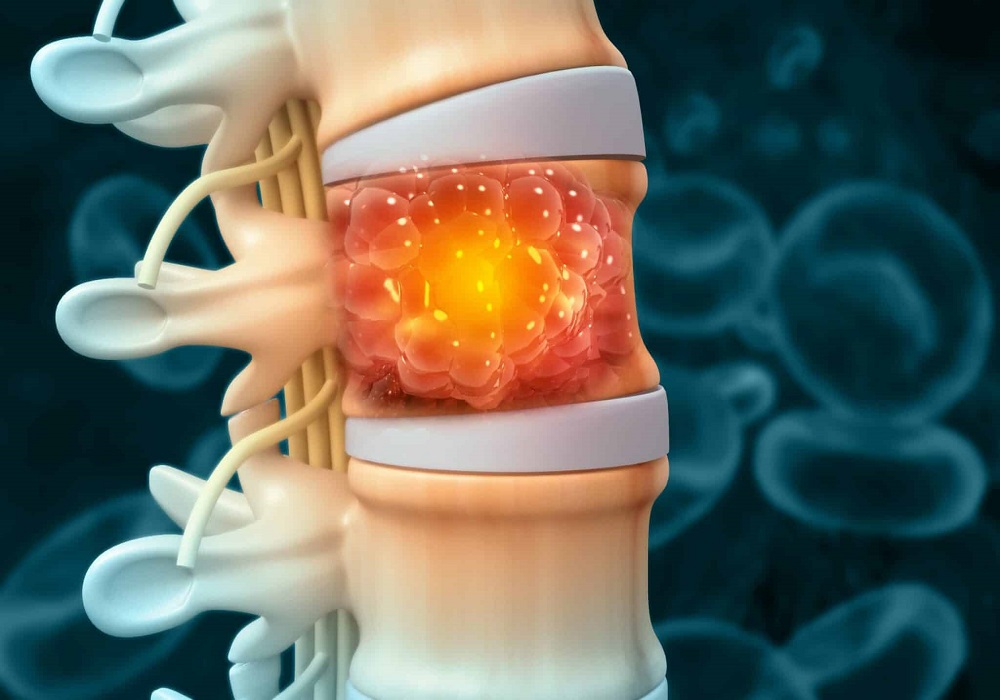
Spinal tumors sometimes might be overlooked because they're not common and their symptoms resemble those of more common conditions.
These tumors may vary in location tissue of origin extent of spinal cord involvement and pathological aggressiveness.
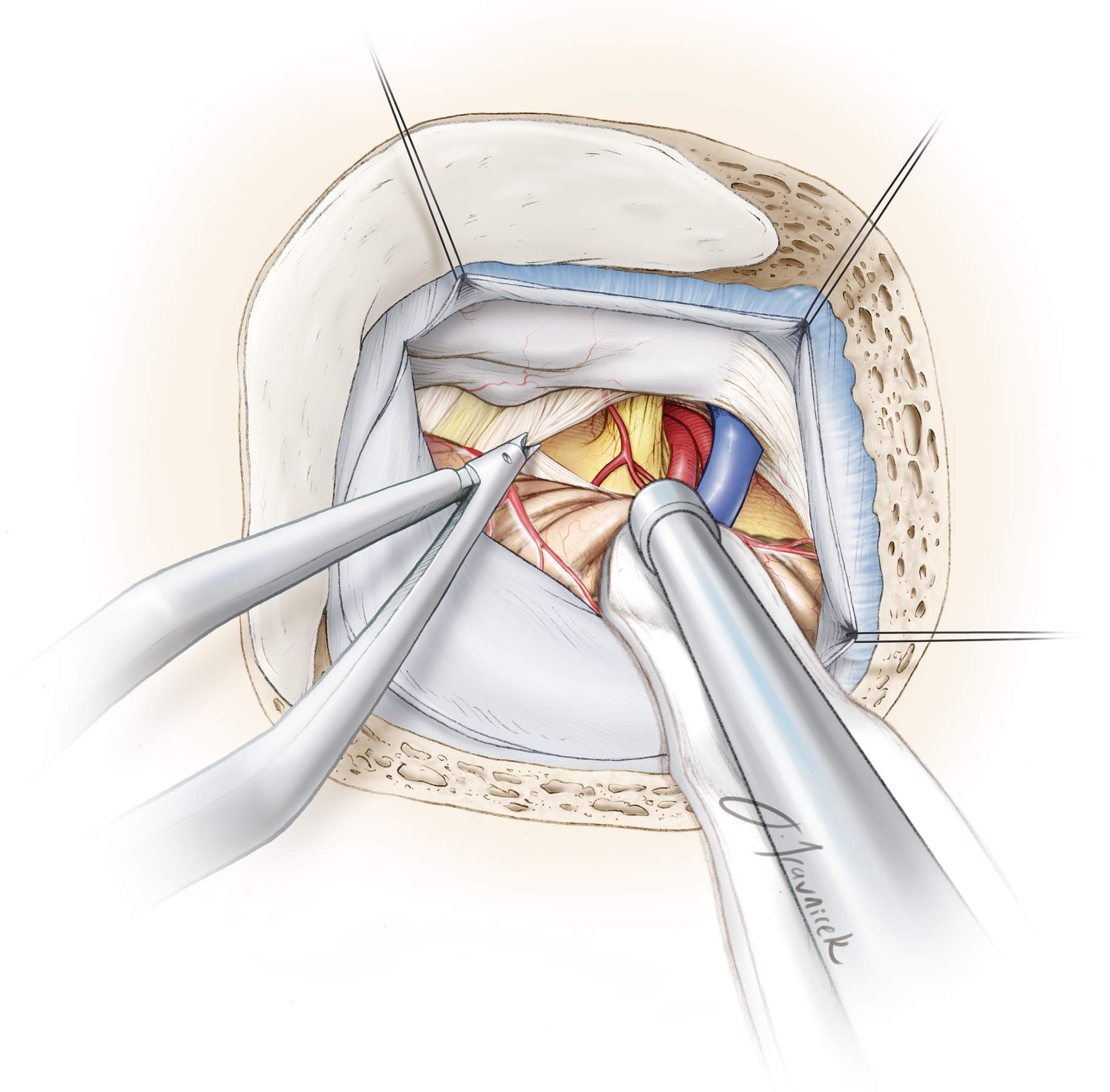
Trigeminal neuralgia is considered one of the worst pains that can affect a human being. The typical pain of trigeminal neuralgia is relatively easy to diagnose. The character of the pain is typically unilateral, episodic, severe, stabbing, shock-like, or lancinating, and exacerbated by cutaneous stimuli such as tactile pressure, chewing, brushing, a breeze of air, or shaving. At first, it is often mistaken as a tooth problem because of its presentation in the two lower branches of the trigeminal nerve. Patients may undergo unnecessary, and sometimes irreversible, dental treatment before the correct diagnosis is made. The severity of this disabling pain and its relief through successful operative intervention have caused microvascular decompression (MVD) surgery to be recognized as one of the most satisfying operations in neurosurgery

A head injury is any sort of injury to your brain, skull, or scalp. This may range from a mild bump to a severe traumatic brain injury. Consequences and treatments vary greatly, depending on what caused your head injury and how severe it is. Head injuries may be either closed or open.
Head injuries with clot and swelling may need lifesaving surgeries followed by critical care ,supports and rehabilitation.
A spinal cord injury — damage to any part of the spinal cord or nerves at the end of the spinal canal. These are worst kind of injuries and difficult to manage due to nerve tissue which are damaged permanently don’t recover. Timely and appropriate surgery can only develop hopes.

CEA is removal of atherosclerotic plaque from stenosed carotid artery to prevent recurrent stroke.
Recurrent strokes are important cause of morbidity and mortality.
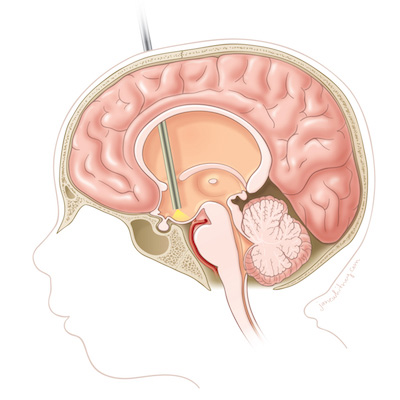
Endoscopic third ventriculostomy is opening of third ventricle in to basal cisterns (creating a bypass channel) to improve CSF circulation.
Procedure is done endoscopically with small incision for Hydrocephalus.

Endoscopic repair is the preferred surgical technique for treating cerebrospinal fluid (CSF) rhinorrhoea, a condition where brain fluid leaks into the nose and sinuses. Endoscopic repair is a minimally invasive procedure that uses an endoscope to repair a skull base defect and stop the leak.